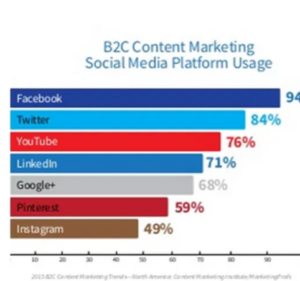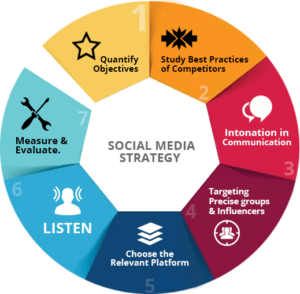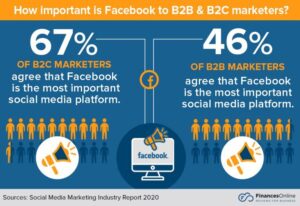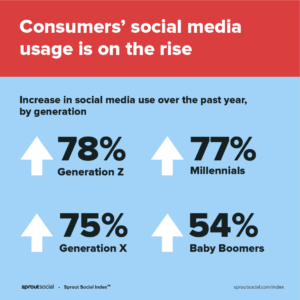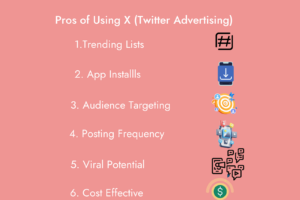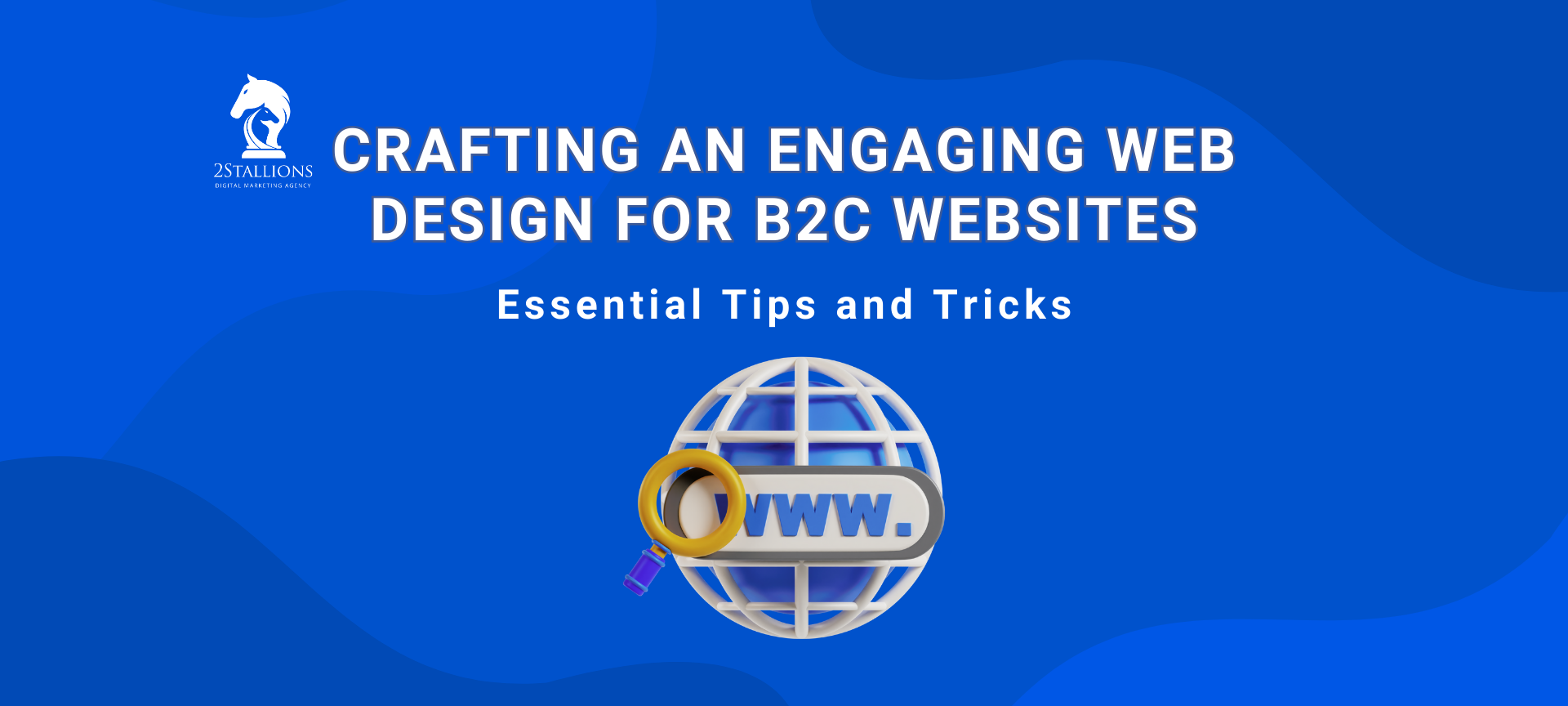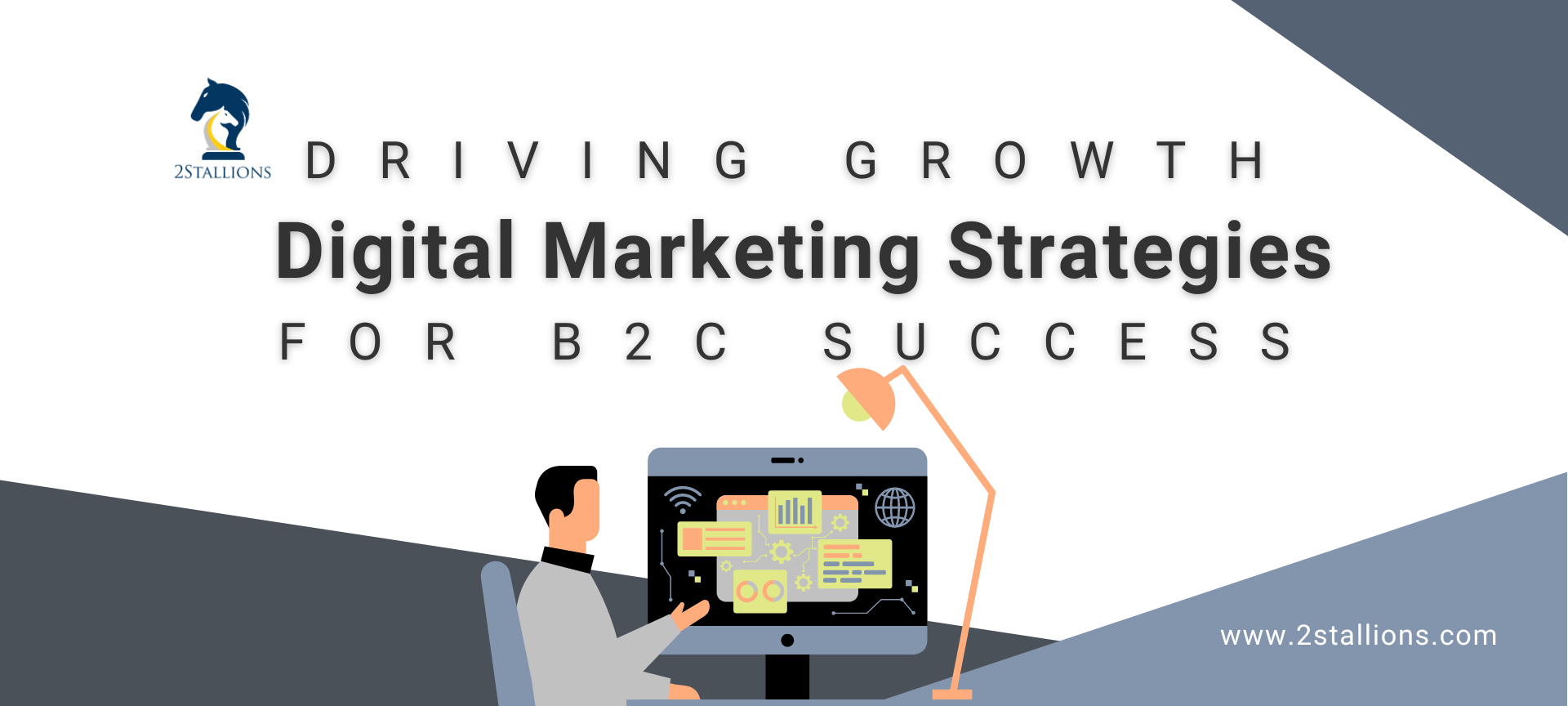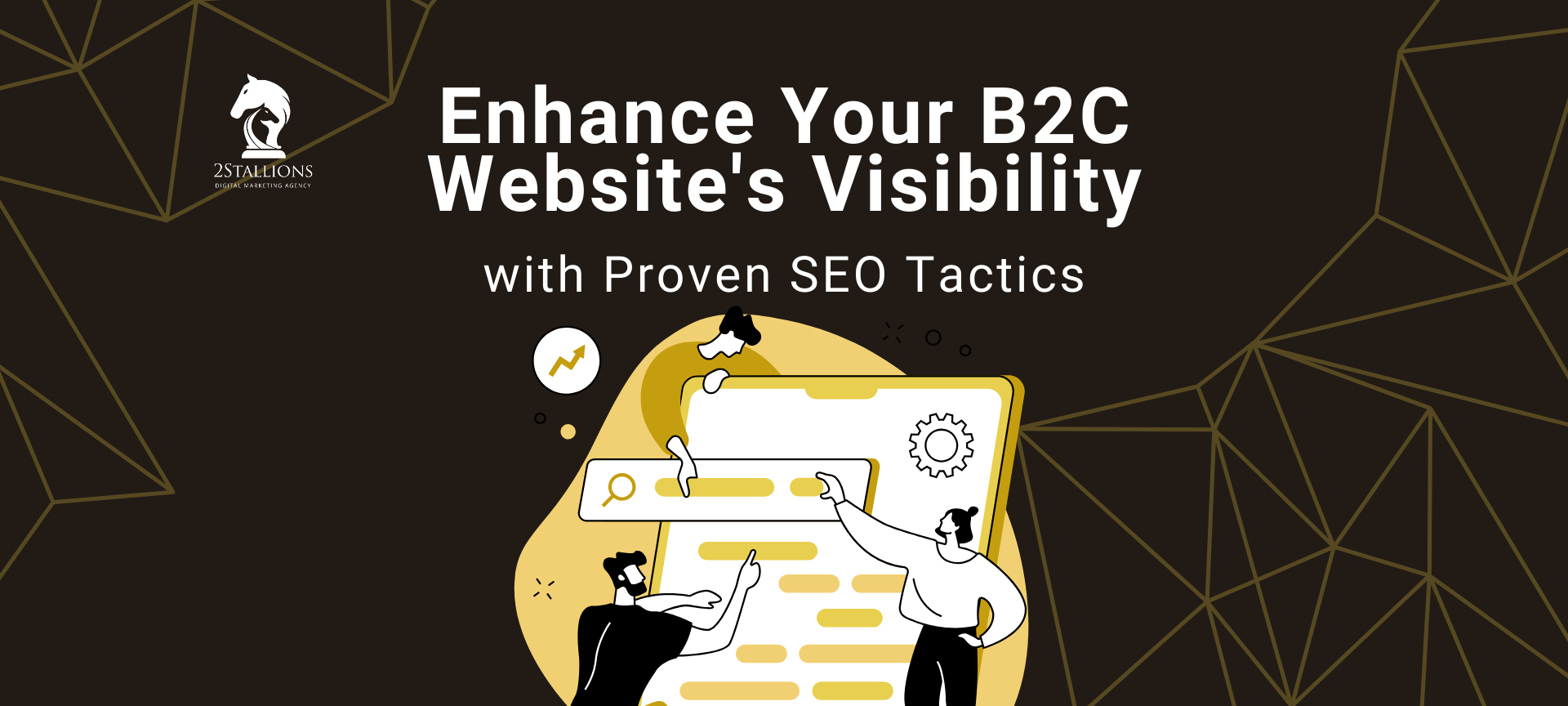SHARE
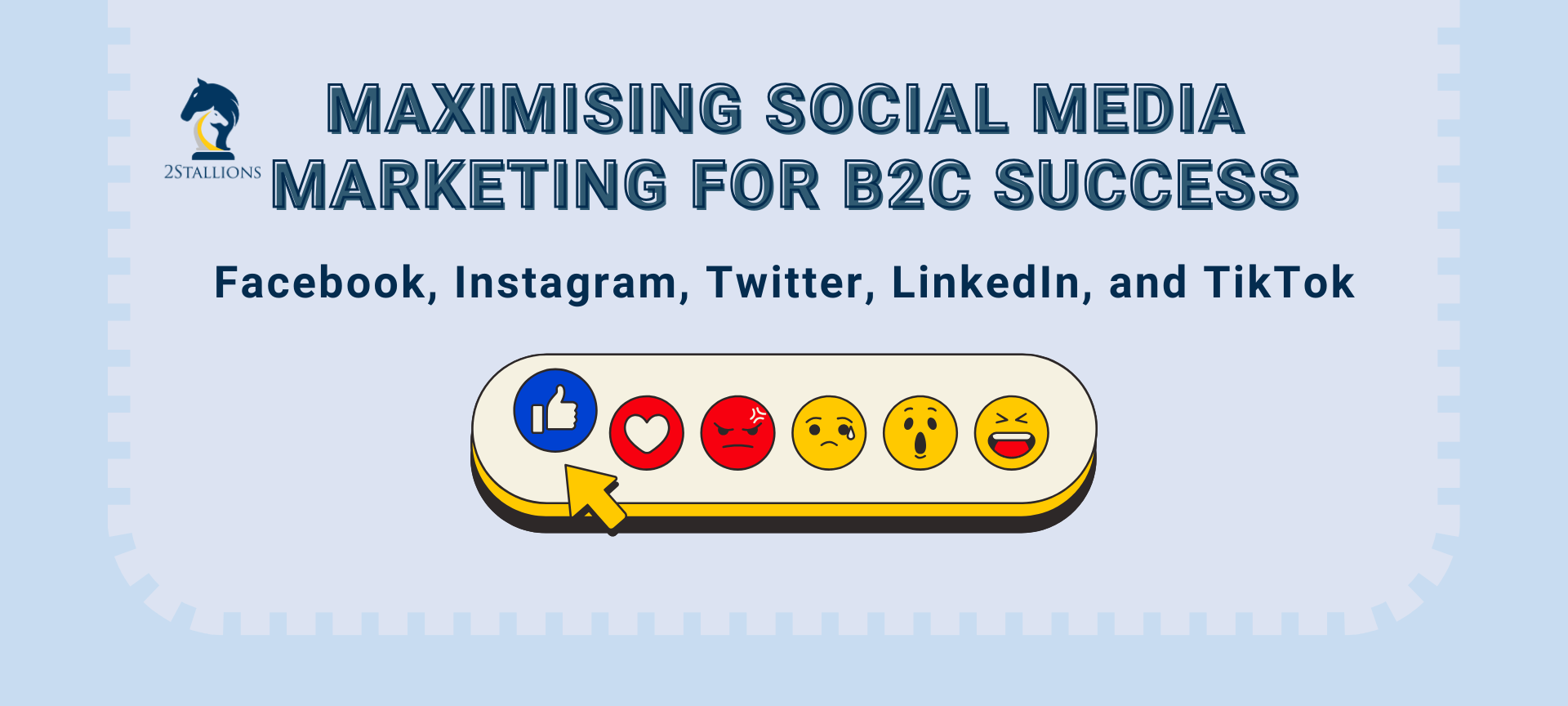
Brand loyalty is a concept that holds significant importance for businesses across industries. Understanding the intricacies of brand loyalty and its impact on consumer behaviour is essential for building a successful and sustainable customer base. This article delves into the various aspects of brand loyalty, starting from the initial purchase to developing lifelong customer relationships.
(Source: Medium )
Understanding the Power of Social Media in B2C Marketing
Social media has revolutionised how businesses reach and engage with their target audience. In today’s digital era, having a strong presence on platforms such as Facebook, Instagram, Twitter, LinkedIn, and TikTok is crucial for B2C success. These platforms offer immense opportunities to connect with potential customers, build brand awareness, and drive sales.
With billions of active users across these platforms, social media provides businesses with a unique platform to showcase their products or services, share updates, and interact with their audience in real-time. Unlike traditional marketing channels, social media allows businesses to establish a two-way conversation with their customers, cultivating brand loyalty and creating a sense of community.
The Role of Social Media in Modern Marketing
Social media has transformed the marketing landscape, becoming an indispensable tool for businesses of all sizes. It offers an affordable way to reach a vast audience, regardless of geographical barriers. By leveraging social media, companies can significantly expand their reach and increase their visibility, boosting brand recognition and driving website traffic.
Furthermore, social media allows companies to gather valuable insights about their target audience through data analytics. Monitoring user behaviour can help understand customers’ preferences and tailor their marketing strategies accordingly. This data-driven approach enables businesses to deliver personalised content, increasing engagement and conversion rates.
Identifying Your Target Audience on Social Media
One of the first steps in maximising social media marketing for B2C success is identifying your target audience on each platform. Each platform attracts a different demographic, and understanding ideal customers will help you create content that resonates with them.
Performing market research and understanding the demographics and interests of users on each platform is crucial. For instance, Facebook has a diverse user base, making it suitable for businesses targeting a wide range of audiences. Instagram is popular among younger demographics, particularly millennials and Gen Z, making it ideal for companies focusing on lifestyle or visually appealing products.
However, it’s important to note that the demographics of social media platforms are always changing. As trends and preferences change, so does the composition of the user base. Therefore, businesses should stay updated with the latest research and adapt their strategies accordingly.
Furthermore, businesses should consider cultural nuances and regional differences when targeting their audience on social media. What works in one country may not necessarily resonate with users in another. By taking the time to understand the cultural context of each platform’s user base, businesses can tailor their content and messaging to connect with their target audience.
( Source: Amura Tech )
Looking for a trusted SEO agency? 2Stallions combines data-driven strategies with personalised service to help your business rank higher and grow online. Schedule a free consulation with us now.
Looking for a results-driven social media marketing agency? 2Stallions creates impactful campaigns that boost your brand awareness and foster meaningful audience engagement. Schedule a free consultation with us now.
Developing a Successful Social Media Strategy
An effective social media strategy is key to achieving B2C success on these platforms. Without a well-defined plan, your social media efforts may lack direction and fail to deliver the desired results. Here are a few crucial steps to develop a successful social media strategy:
Setting Clear Marketing Goals
Before diving into social media marketing, it is essential to define your goals. Are you aiming to increase brand awareness, drive website traffic, or generate sales? Setting clear, measurable objectives will guide your actions and enable you to track your progress effectively.
For example, if your goal is to generate sales, you can track the number of conversions driven by your social media efforts. Similarly, if your goal is to increase brand awareness, you can monitor your follower growth and engagement rates.
By regularly evaluating your progress against your goals, you can identify areas for improvement and refine your strategy accordingly.
Choosing the Right Social Media Platforms
Even though it can be tempting to use every social media site out there, it’s crucial to concentrate your efforts on the ones where your target audience is most likely to be found. Each platform has its unique features and caters to different user demographics.
By understanding your target audience’s preferences, behaviour, and demographics, you can select the platforms that align with your business goals and allocate your resources effectively. This will ensure that you can invest your time and energy where it will yield the highest returns.
( Source: Finances Online )
Diving into Facebook Marketing
The Importance of Facebook in B2C Marketing
Facebook remains one of the most influential social media platforms for businesses targeting B2C audiences. With over 2.8 billion monthly active users, it offers extensive reach and a diverse user base. Facebook’s comprehensive targeting options allow companies to fine-tune their ad campaigns to reach their ideal customers.
Moreover, Facebook provides various advertising formats, including image, video and carousel ads, allowing businesses to showcase their visually captivating products or services. With advanced targeting features and robust analytics, brands can track their ad performance and optimise their campaigns for better results.
Best Practices for Facebook Marketing
To make the most of Facebook marketing, it’s essential to follow some best practices:
- Create compelling and visually appealing content: Facebook users are inundated with content, so it’s crucial to capture their attention with eye-catching visuals, engaging captions, and relevant hashtags.
- Post regularly and consistently: Consistency is key to maintaining engagement with your audience. Regularly posting high-quality content keeps your brand top of mind and encourages repeat visits and interactions.
- Engage with your audience: Responding to comments, messages, and reviews promptly shows your audience that you value their feedback and establishes a positive brand image.
- Utilise Facebook groups: Joining relevant Facebook groups and actively participating can help you build connections, establish expertise, and drive traffic to your business.
( Source: Sprout Social )
Leveraging Instagram for B2C Success
Instagram and its visually-driven content and popularity among younger demographics offer vast opportunities for B2C businesses to showcase their products and connect with potential customers.
Understanding Instagram’s Unique Marketing Potential
Instagram’s emphasis on visuals makes it ideal for businesses that rely on visual appeal, such as fashion, beauty, travel, or food industries. With over 1 billion monthly active users, it provides a platform for businesses to inspire and engage their audience through captivating images, videos, and stories.
Additionally, Instagram’s features like shoppable posts and the ability to tag products in posts allow businesses to drive direct sales and provide a seamless shopping experience for their audience.
Tips for Effective Instagram Marketing
To maximise the impact of your Instagram marketing efforts, consider the following tips:
- Create visually stunning content: Invest in high-quality visuals that accurately represent your brand and captivate your audience’s attention.
- Use relevant hashtags: Hashtags help users discover your content. Research and use popular and relevant hashtags to increase your reach and visibility.
- Interact with your audience: Engage with your followers by responding to comments, acknowledging user-generated content, and running interactive campaigns like contests or giveaways.
- Collaborate with influencers: Partnering with influencers can expand your reach and expose your brand to a wider audience. Choose influencers whose values align with your brand and target audience.
( Source: Analytico )
Making the Most of Twitter’s Reach
The Benefits of Twitter for B2C Marketing
As a real-time platform with over 330 million active users, Twitter allows businesses to stay connected with their audience and participate in ongoing conversations. Twitter’s fast-paced nature makes it a valuable platform for sharing updates, engaging with customers, and building brand visibility.
Twitter also offers valuable targeting options, enabling businesses to reach specific demographics or engage with users based on their interests and behaviours. Leveraging trending topics and hashtags can increase their visibility and join relevant conversations.
Strategies for Successful Twitter Marketing
To succeed in Twitter marketing, consider implementing the following strategies:
- Create concise and engaging content: With Twitter’s 280-character limit, crafting attention-grabbing tweets is crucial. Focus on delivering your message succinctly while generating curiosity and encouraging engagement.
- Use visual content: Tweets with visually appealing images or videos tend to attract more attention and generate higher engagement rates. Include relevant visuals to capture your audience’s interest.
- Participate in relevant conversations: Monitor trending topics and hashtags suitable to your industry and actively participate in those conversations. This helps showcase your expertise and establish your brand as a thought leader.
- Utilise Twitter ads: Twitter offers various advertising options, including promoted tweets, accounts, and trends. Explore these options to reach a wider audience and increase brand visibility.
Enhancing B2C Marketing with LinkedIn and TikTok
While Facebook, Instagram, and Twitter are the primary focus for B2C marketing, businesses should also consider leveraging the opportunities presented by LinkedIn and TikTok.
LinkedIn with its professional demographic, is an excellent platform for B2C businesses targeting professionals, entrepreneurs, and decision-makers. It provides a platform for businesses to showcase their expertise, share company updates, and connect with potential clients or partners.
TikTok, on the other hand, has gained significant popularity, particularly among younger demographics. Its short-form videos offer a unique opportunity for businesses to reach and engage with a new audience, particularly in fashion, beauty, and entertainment.
By understanding the unique characteristics of each platform and tailoring your content to suit your target audience, you can maximise your social media marketing efforts and achieve B2C success across Facebook, Instagram, Twitter, LinkedIn, and TikTok. By leveraging the power of social media and implementing effective strategies, businesses can connect with their target audience, build brand awareness, and ultimately drive sales.
Frequently Asked Questions About Maximising Social Media Marketing for B2C Success: Facebook, Instagram, Twitter, LinkedIn, and TikTok
How should businesses use different social media platforms for B2C marketing?
Businesses should tailor their strategies for each platform: Facebook for community engagement, Instagram for visual storytelling, Twitter for real-time updates, LinkedIn for networking and brand authority, and TikTok for viral content and trends.
What are the best practices for engaging consumers on Instagram?
Best practices include using high-quality visuals, engaging directly with followers through comments and stories, utilising relevant hashtags to increase visibility, and leveraging Instagram shopping features to facilitate direct purchases.
How can businesses effectively use Facebook for B2C marketing?
Businesses can use Facebook to create engaging content, host live events, implement targeted advertising, and develop a community through groups, which can help build lasting relationships with consumers.
What strategies are effective for B2C marketing on TikTok?
Effective strategies for TikTok include creating fun, relatable content that aligns with current trends, participating in challenges, collaborating with influencers, and using TikTok’s unique ad formats to engage the younger demographic.


